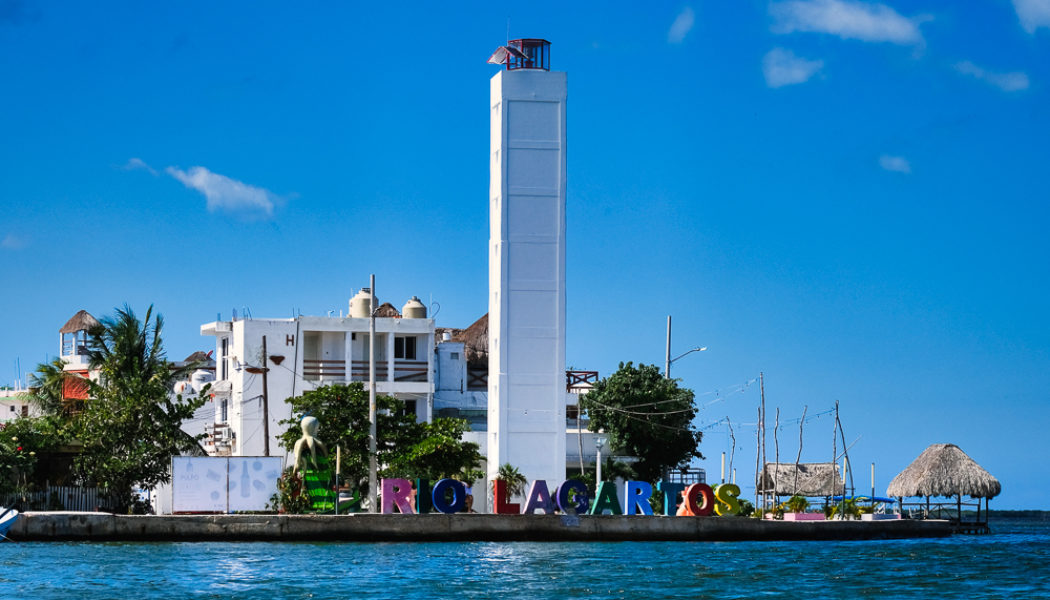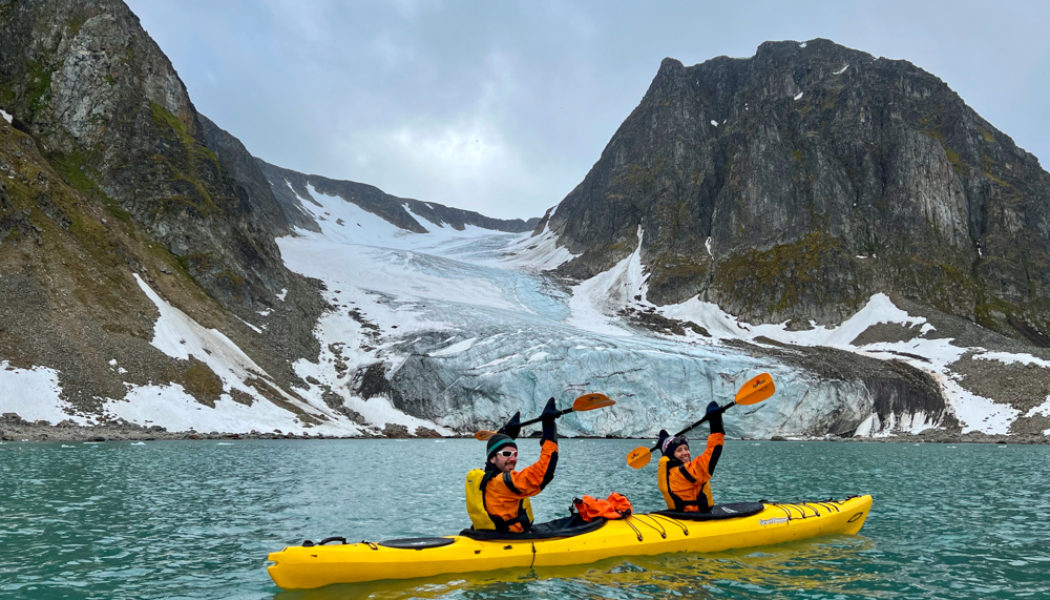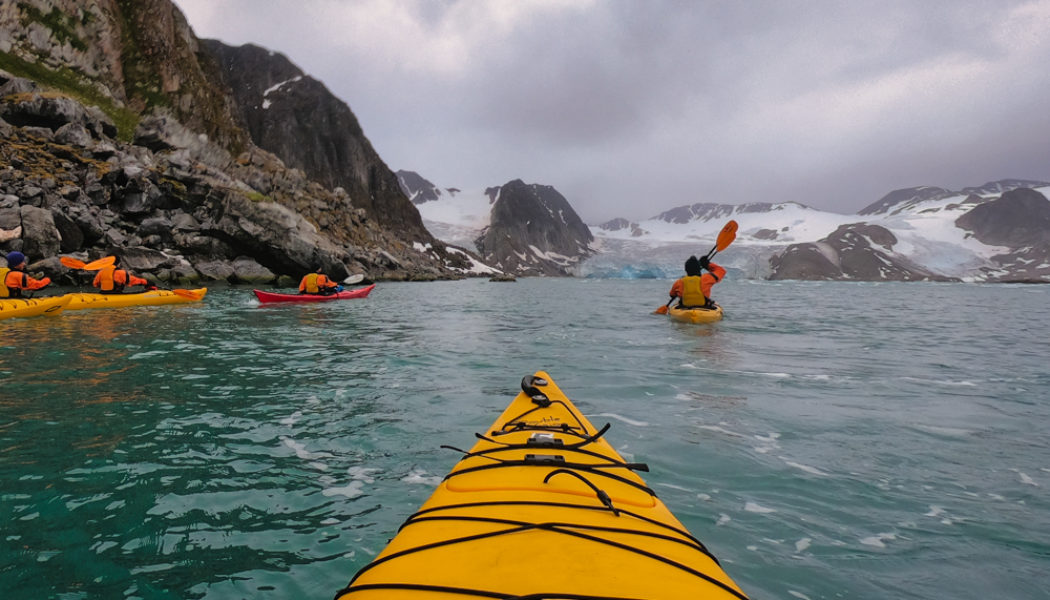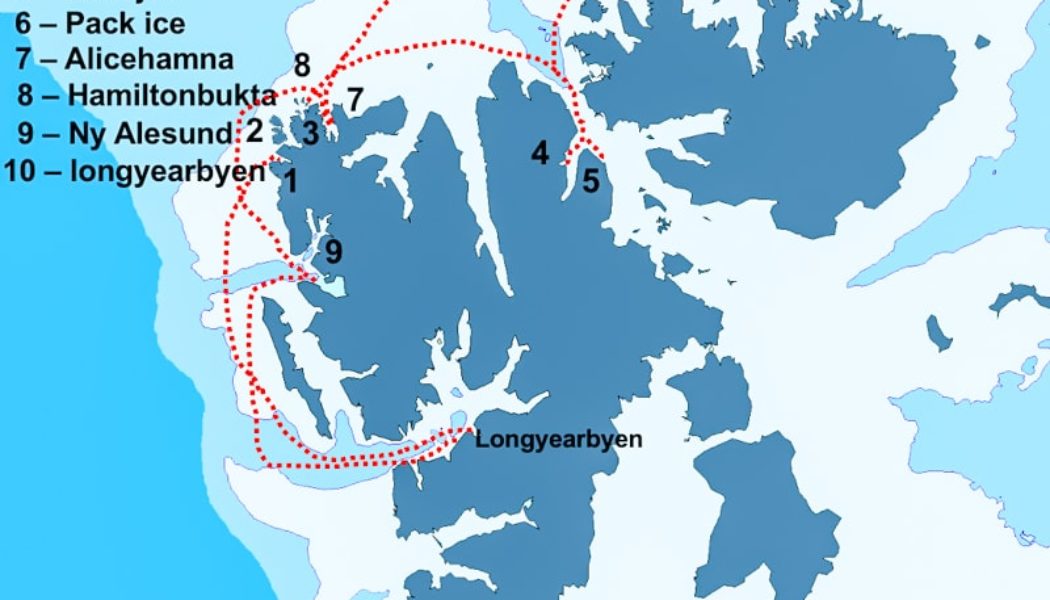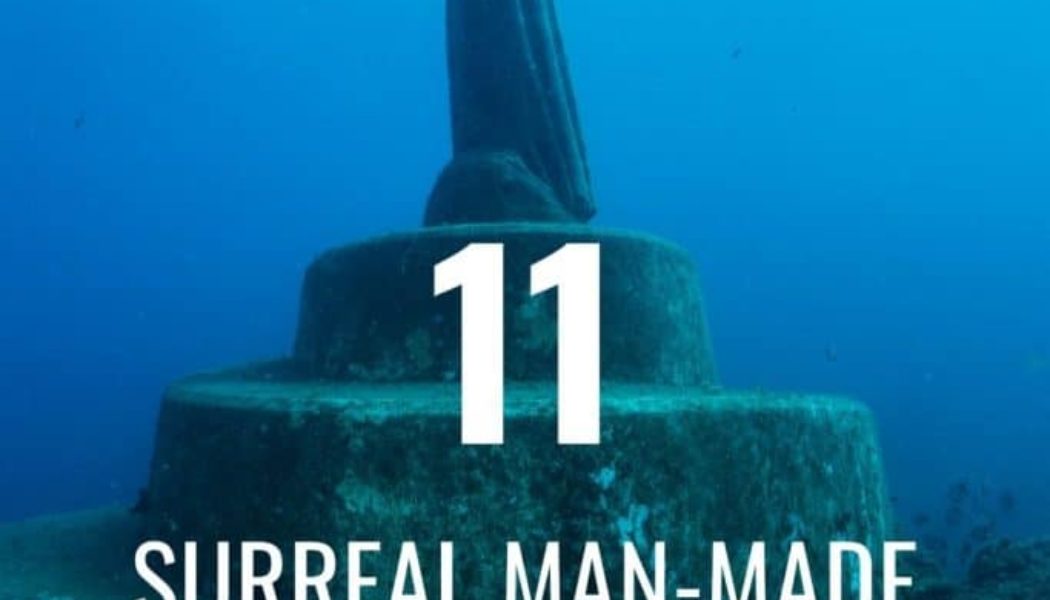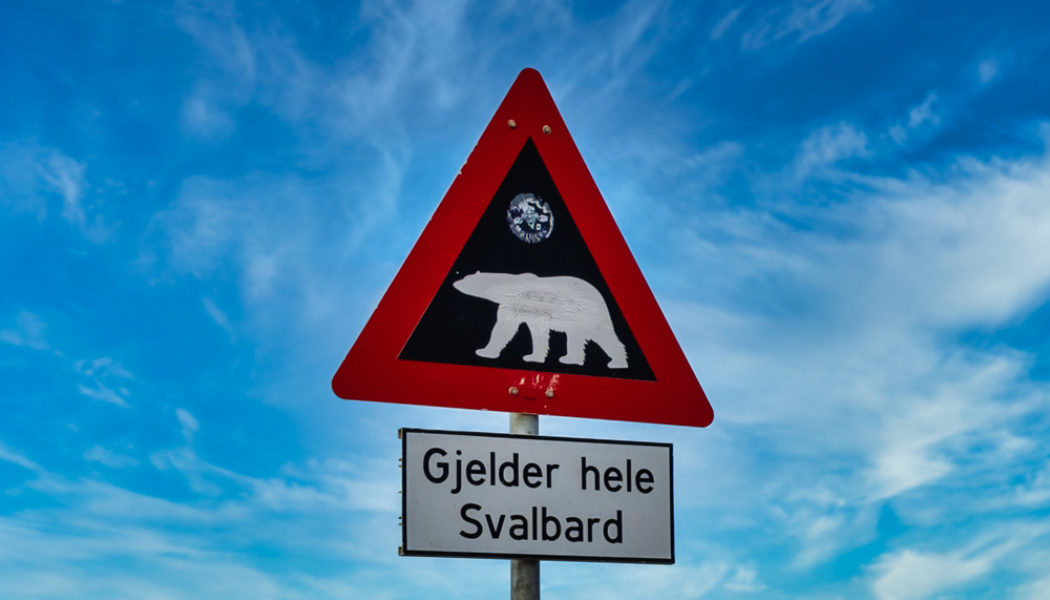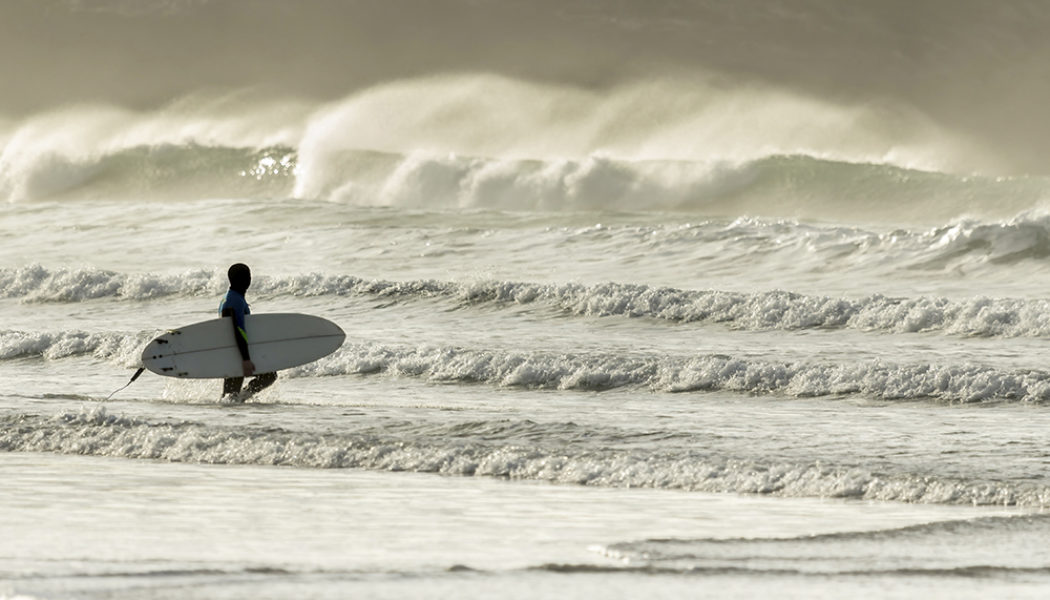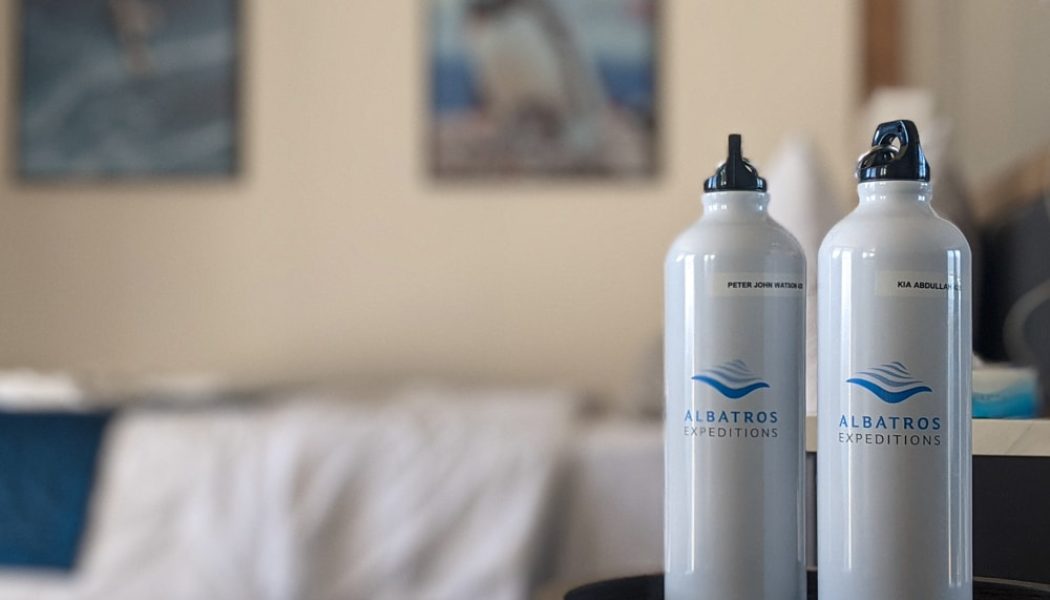seas & oceans
How to visit Río Lagartos: a complete guide
Our guide on how to visit Río Lagartos, Mexico’s Biosphere Reserve home to flamingos, crocodiles and a not-so-pink lake When 16th-century Spanish explorers first arrived on the northern shores of the Yucatán Peninsula in Mexico, they found a mangrove-lined estuary which they named Río de Los Lagartos – the river of the lizards. Now a UNESCO biosphere reserve, the coastal lagoons feature a network of smaller estuaries, mangroves, marshes and savannahs that are home to over 500 species of vertebrates, several of them endangered. Thanks to conservation efforts, species numbers have stabilised recently as harmful agriculture activities using ‘slash and burn’ methods have been reduced. Atlas & Boots The waterfront town of Río Lagartos The wetlands, along with the sleepy fishing town of the...
The travel that changed me: Melanie White
In a new memoir, former yacht chef Melanie White examines the dark side of luxury travel. Here, she explains why her story had to be told At age 22, Melanie White is flying high. Good grades at school? Check. Reliable university degree? Check. Steady graduate job? Check. Her feet are firmly planted on the ground until she finds herself plunged into the superyacht industry – despite having been on a boat only three times in her life. Melanie White As a yacht chef, Melanie must devise, develop and deliver fine dining menus for some of the wealthiest people on the planet, all while learning how to run, sail and race a multi-million-pound yacht on the job. She is forced to adapt to a wholly unnatural life, largely confined to a crammed galley and bunk bed with live-in colleagues. Amid the...
In videos: 12 surreal man-made dive sites
From lost ancient cities to the world’s largest underwater theme park, these man-made dive sites are sure to intrigue At Atlas & Boots, we’ve dived some astonishing sites, from Steve’s Bommie in the Great Barrier Reef to the Sonesta plane wrecks in Aruba. We’re pretty hopeless at fish identification, so when it comes to diving, unless it’s a truly amazing reef system, we’re generally more interested in diving something new or unique (like an airplane or bommie). Enter the man-made dive site. We’ve scoured the Internet in search of videos of some of the most curious artificial dive sites out there – every one of which has now been added to our diving bucket list. Man-made dive sites From historic cities that have crashed into the ocean to artificial exhibitions installed ...
Where to stay in Cornwall – ranked by activity
An expert guide on where to stay in Cornwall whether you want to surf, sail, hike or cycle, or simply laze on a beach The novelist and poet D. H. Lawrence once wrote that Cornwall is “like being at a window and looking out of England.” In this westerly point of mainland England, you will find a wild north coast of rugged cliffs and golden beaches, a calm south coast of sheltered waters and fishing villages, and dramatic moors in between. But Cornwall is not just a geographic microcosm; it also speaks to England’s politics. Once a thriving industrial hub, Cornwall’s coast is still littered with old engine houses that once powered its tin and copper mines. As the industry declined, Cornwall had to reinvent itself. Today, it’s one of England’s most popular destinations thanks to its sup...
Going coastal: 15 best sea views in England
From brooding cliffs to storybook villages, we bring you a curated list of the best sea views in England For a long time, Peter and I were ambivalent about the British staycation. For us, getting on a flight marked the start of a proper getaway. But then, a series of local trips began to change our minds. There was Clovelly, a picturesque fishing village on the north coast of Devon; Langley Castle in Northumberland; walking with my sister in the Chiltern Hills; and, for Peter, hiking the coast to coast and the South West Coast Path. These trips turned out to be some of our most memorable. Over time, we learnt to love the staycation, not least because they’re better for the environment, more affordable and usually less challenging in terms of logistics (language, customs and so on). Thankfu...
20 best books about Antarctica
From harrowing accounts of survival to the heartwarming tale of a rescued penguin, we list our favourite books about Antarctica The most inhospitable place on Earth is an engrossing setting for any story, be it fictional or factual. Unsurprisingly, Antarctica’s literary canon is filled with tales of tragedy and/or survival against the odds. It would be easy, then, to fill this list with biographies of Amundsen, Scott and Shackleton alone. But Antarctica deserves attention beyond its tales of tragedy. With that in mind, we have taken a broader view. There are, of course, profiles of the pioneers and their epic journeys of discovery spanning more than a century of polar exploration, but we’ve also included a diverse mix of memoirs, biographies and novels – from crime to science fiction – all...
Arctic or Antarctic: how to pick your polar adventure
Can’t decide between the Arctic or Antarctic for your polar adventure? Our guide will help you choose between 66° north or south The North and South Poles were only “conquered” in relatively recent history. The South Pole was first attained in 1911 by the Norwegian Roald Amundsen after his epic race with the ill-fated Robert Falcon Scott. The conquest of the North Pole is a little murkier thanks to its location in the middle of the Arctic Ocean among waters that are almost always covered with shifting sea ice. It’s possible that Frederick Cook was the first to reach the North Pole in 1908 or perhaps it was Robert Peary in 1911 or maybe Richard E. Byrd who was the first to fly over it in 1926… But it wasn’t until Roald Amundsen’s definitive flight over the Pole...
